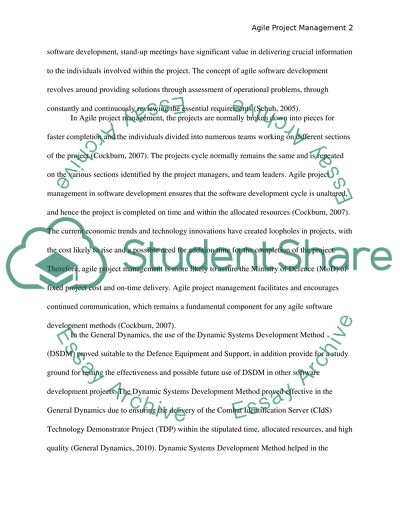Cite this document
(“Success with Agile Project Management in General Dynamics Essay”, n.d.)
Success with Agile Project Management in General Dynamics Essay. Retrieved from https://studentshare.org/information-technology/1487569-success-with-agile-project-management-in-general
Success with Agile Project Management in General Dynamics Essay. Retrieved from https://studentshare.org/information-technology/1487569-success-with-agile-project-management-in-general
(Success With Agile Project Management in General Dynamics Essay)
Success With Agile Project Management in General Dynamics Essay. https://studentshare.org/information-technology/1487569-success-with-agile-project-management-in-general.
Success With Agile Project Management in General Dynamics Essay. https://studentshare.org/information-technology/1487569-success-with-agile-project-management-in-general.
“Success With Agile Project Management in General Dynamics Essay”, n.d. https://studentshare.org/information-technology/1487569-success-with-agile-project-management-in-general.


